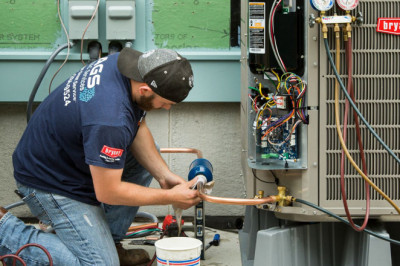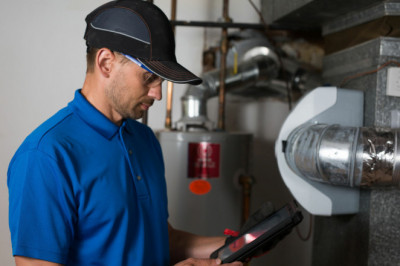views

Pregnancy is a beautiful time for every woman, and nine months is no exception. However, it also causes important changes in your body, including posture shifts, higher pelvic floor strain, and ligament stretching and thickening.
Pre and postnatal pain can be relieved with physical therapy in Detroit lakes, MN, that uses a combination of treatments such as massage therapy and pelvic floor exercises that can alleviate the problems and make your pregnancy more enjoyable.
Physical therapists are trained to diagnose the causes of your discomfort and advise you on pain management measures and provide strength and mobility exercises to help your body feel stronger during your pregnancy and after your baby is born. 
Prenatal Pain
Pain can come from a variety of places during pregnancy. Changes in your body's hormones and anatomy in preparation for labour are the leading cause of aches and pains. These changes in your pelvic and belly anatomy, as well as all of the new hormones you're releasing, might cause your low back and pelvic joints and muscles to feel achy, weak, and less mobile.
The most common reasons for Prenatal Pain
Pelvic Floor Weakness
A set of muscles that comprise the base of your pelvis is known as the pelvic floor. The tissues inside your pelvis are supported by your pelvic floor, which also aids bladder and bowel control. Your pelvic floor muscles may become weaker due to carrying your baby during pregnancy and the possibility of injury during labour.
When these muscles are weak, you may notice that you have poor bladder (or even bowel) control or that you feel an excessive amount of pressure pressing down between your legs while walking, lifting, or doing other activities.
Physical therapy can help determine the best exercises to do to strengthen your pelvic floor muscles. They'll also tell you how to safely execute other workouts or activities without putting too much strain on your pelvic floor.
Abdominal Separation (DRAM)
The separation or overstretching of your abdominal muscles is known as abdominal separation or DRAM (Diastasis of the Rectus Abdominal Muscle).
Your abdominal muscles will have been strained as your pregnancy progressed. The two muscular lines that go down the middle of your stomach can be stretched apart in some situations. This is a perfectly typical aspect of the pregnancy process! This happens to about one out of every three women during their first pregnancy and two out of every three during their second. The good news is that it can be repaired after birth!
Physical therapy, Detroit Lakes, MN, will determine the nature and amount of the abdominal separation and instruct you on rehabilitating your abdominals with the necessary exercises. Sit-ups alone will not assist and may worsen the situation by putting more stress on the abdominals, low back, and pelvic floor.
Safe, low to moderate loading workouts will help you stay strong in your core during your pregnancy. It's crucial to avoid exercises that put too much stress on your abdominal muscles later in pregnancy (such as high-intensity core work).
Post Natal Pain
Lower Back Pain
Your lower back will be weaker (through normal delivery or cesarean section). This might cause joint pain or muscles to become stiff and sore.
Not only does having a baby make your back weaker, but you're also lifting and bending more than usual to care for your baby. These repetitive actions may be too much for your low back joints and muscles to handle, resulting in pain.
The physical therapist will examine your back and determine the source of your problem. They'll provide you pain management advice and use hands-on manual treatments to help you feel better. They'll show you how to do the right strength and mobility workouts so you can better tolerate your daily loads as your baby grows.
Pain in Sacroiliac Joint
The sacroiliac joints are located in the lower back's lowest region. The body's tissues relax during pregnancy as a result of increased hormone release, which enhances the mobility of sacroiliac muscles and ligaments, resulting in severe joint motions and pain in the lower back and buttock region.
Carpal Tunnel Syndrome
Hormones are likely to be all over the place during pregnancy, and blood volume rises dramatically, causing nerve constriction. Because the wrist area, also known as the carpal tunnel, is narrow, blood circulation in these places becomes difficult, resulting in intense pain. A physical therapist can assist you with pain management exercises to help you control your pain and suffering.
Final Thoughts!
Pregnancy is both lovely and complex. Guided activities and massage therapy can achieve pre and post-natal pain relief. We can offer you a comfortable atmosphere and build a tailored workout program for your pregnancy and beyond.












